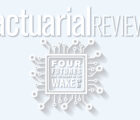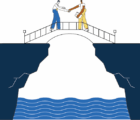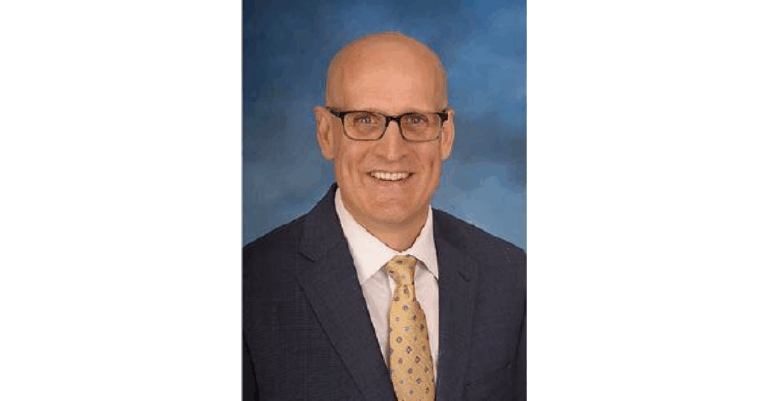
A building’s foundation is the bedrock upon which everything else rests. A robust foundation ensures structural integrity, safeguarding against cracks, shifts and even catastrophic collapse from forces like earthquakes or soil erosion. A well-constructed foundation can be the difference between a lasting legacy and a dangerous failure, ensuring the stability and safety of everything built above it.
Over the past few years, I have been following a major foundation renovation of the Salt Lake Temple of the Church of Jesus Christ of Latter-day Saints. This massive and magnificent granite structure in the center of Salt Lake City, Utah, has stood for more than 130 years. Generations of my family (and many others) have sacred memories and significant milestones connected to this building. It was built in the late 1800s, using the best engineering technology and craftsmanship available at that time in that frontier community, with the intent that it would stand for hundreds of years.
That was long before there was any understanding of the earthquake risk in the Salt Lake Valley. In recent years, as that risk was studied and better understood, it became clear that in the event of a major earthquake, the temple would be severely damaged and would likely be beyond repair. So, engineers designed a major renovation of the foundation of the temple — strengthening and surrounding the original foundation with a modern earthquake-isolating foundation, while keeping the building in place. The building itself is also being strengthened, with new support structures directly connected to the larger, stronger and more resilient foundation. It’s a remarkable feat of engineering that is nearing completion after five years of construction. When it is finished, the Salt Lake Temple will be much stronger and much more prepared to handle the forces of nature, and its legacy will be preserved for many generations to come.
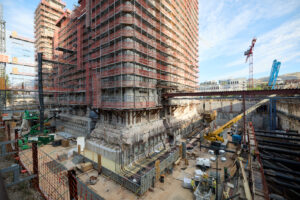
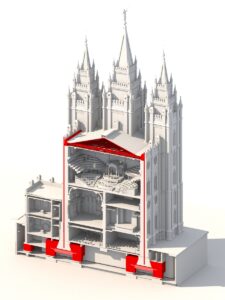
On a much smaller and simpler scale, the CAS is also in the process of renovating our foundation, in a way that will benefit us and future generations of our profession. And we need your help to finish it.
As we announced on April 21, the CAS Board of Directors developed a new proposed Bylaws document; in August, we will be asking our members to vote to approve it. The new Bylaws document was created by merging our current CAS Constitution and CAS Bylaws into a single document, with only slight updates to modernize language and terminology. It retains all the key governing structures of the CAS — the President, the Board of Directors, the Executive Council, the Chief Staff Executive — exactly as described in the current Constitution and Bylaws. And it retains all the other direction, requirements and “rules of the road” contained in the current governing documents. In other words, the structure of the CAS will remain in place, while we significantly strengthen the foundation underneath.
So why are we asking our members to approve this new Bylaws proposal if nothing is significantly changing? In my mind, it comes down to three primary reasons — clarity, transparency and resilience.
Clarity
Merging the CAS Constitution and CAS Bylaws into a single governing document will create clarity and transparency — removing overlap and duplication — and provide coherent guidance for the way the CAS is to be run.
Currently, these two documents have overlapping information and guidance. In many cases, you need to refer to both documents to have clarity about things like the role of the CAS Board, the President, the Executive Council and the Chief Staff Executive. Neither of the documents can stand on their own, which makes it overly complex for our members and our leaders to use these documents to understand the way the CAS is to be run. The clarity that will come from consolidating our governing documents will benefit all CAS members and leaders.
I encourage you to review the proposed Bylaws and the documents we have prepared to help you understand the changes. I hope you will see that we have worked hard to make these changes as clear as we can to you. And I expect you will also gain an understanding of the overlap and duplication that exists today — as well as the opportunity for increased clarity we have in front of us.
Transparency
The clear foundation of our proposed Bylaws will better support the transparency the Board strives for. As I shared in an earlier message, the Board has adopted principles of transparency that guide our communications with members regarding key decisions.
I’m excited to share a new way for members to see Board activities and understand CAS Governance. We recently launched a new “Governance and Board Resources” page on the CAS website. This page now provides a place for recent news from the Board and important information about how the Board operates. For example, we created a “Board 101” page that explains some of the fundamentals of the Board’s role and functions.
We also created a new “CAS Governance Manual” that can be accessed from the Governance and Board Resources page. For the first time, we have published all of the key documents that guide us in how the CAS is run. It contains information about election procedures, role descriptions for leaders, charters for board committees, guidelines for budgeting and many other resources. This has already become a useful resource for me — providing consolidated references that help me in my role as president. I’m confident that this information can help you, too. If you ever have a question about how the CAS is run, you will likely find the answer here.
But if you still have a question or comment for the Board, you can pose a question directly through the Governance and Board Resources page. We have launched a new portal where you can submit your questions and receive official responses. You can even ask for your question to be posted for other members to read. This is another way that the Board is enhancing its long-standing commitment to member transparency and communication.
I look forward to strengthening the connections between this structure of transparency to a clearer foundational set of Bylaws, if approved by you, the members.
Resilience
Finally, I see the new Bylaws better enabling the resilience of the CAS for what may come ahead. The clarity and transparency I described above will certainly help our strategic initiatives stay connected to this foundation. This will help us to maintain the strategic focus needed to foster the future growth of the CAS in ways that align with the principles contained in our Bylaws.
There will come a time in the future when changes to the Bylaws will need to be made to respond the forces around us. When that time comes, it will be much more straightforward to make those changes if we can obtain membership approval to move to a single document now. The communication of proposed changes to the membership will also be improved and simplified, ensuring that our members understand the proposals in both wording and intent. As a result, future changes can be made when needed with informed support from you, the members.
The vote we have before us provides an opportunity to benefit our profession for years to come, by improving the clarity, transparency and resilience of the foundation of our professional association. I hope you will join with me in voting in August to approve these new Bylaws. In the meantime, please take the time to review the proposal, attend a town hall to learn more and ask the questions you may have.
This will help us to maintain the strategic focus needed to foster the future growth of the CAS in ways that align with the principles contained in our Bylaws.


